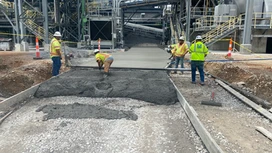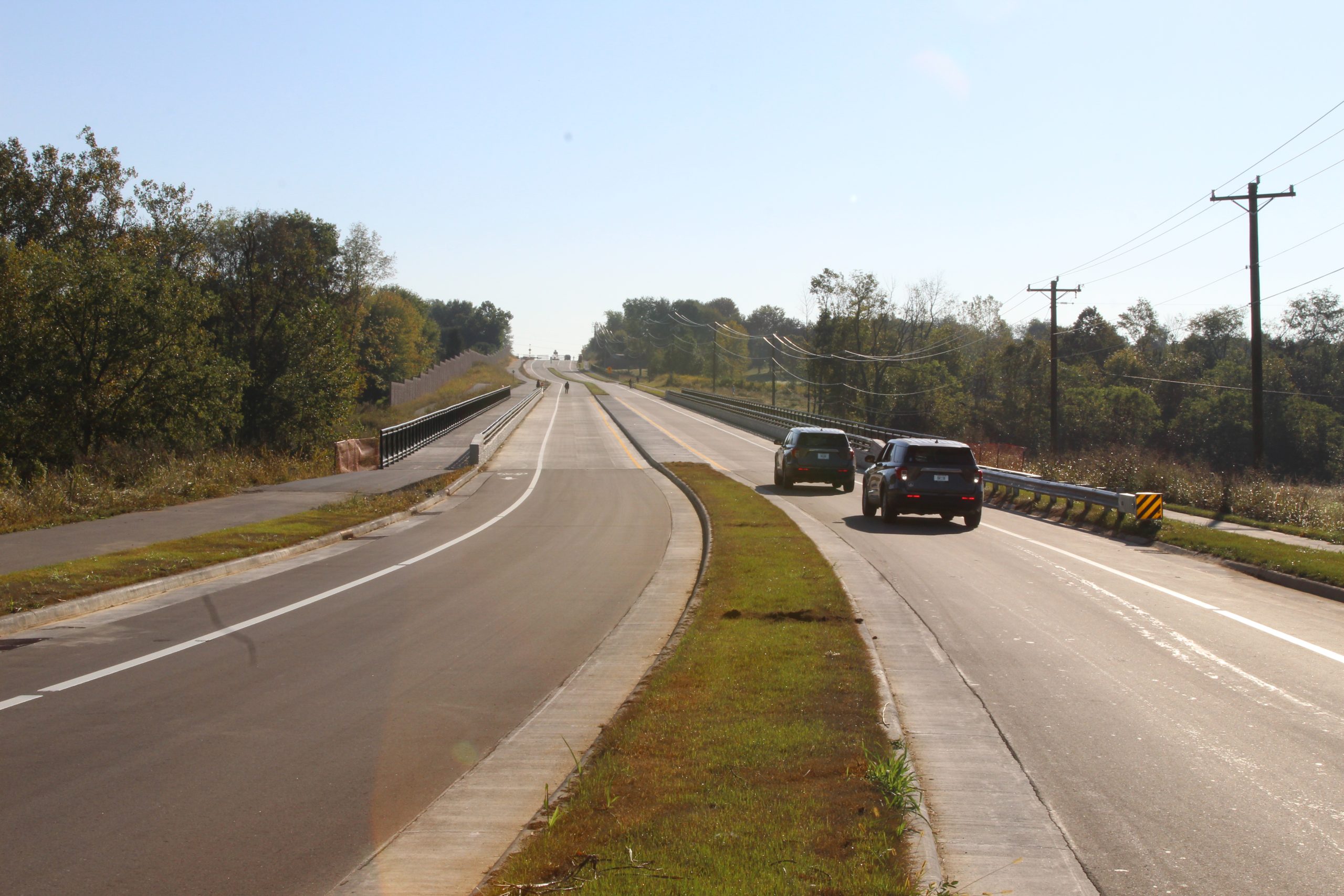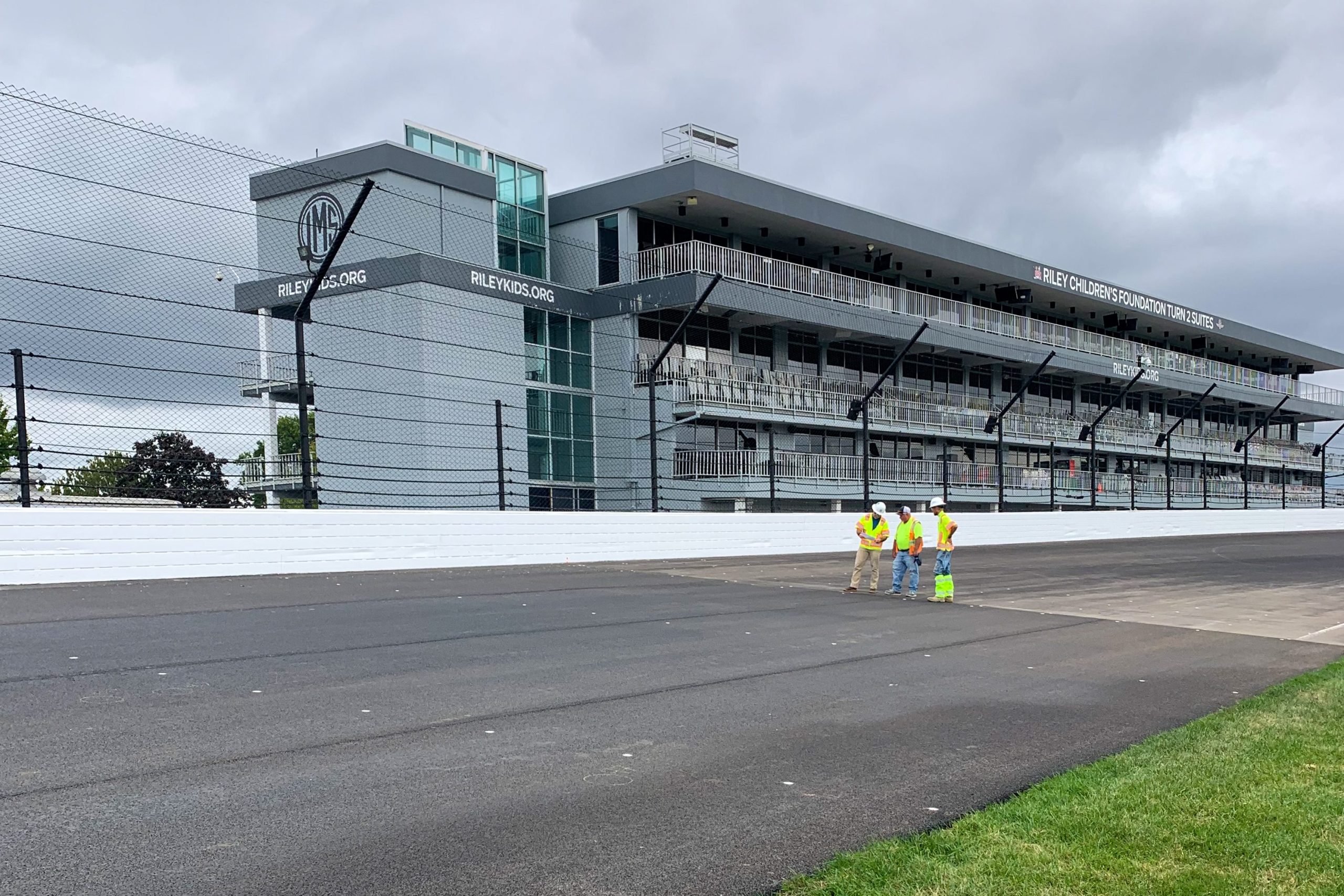

Concrete is the most widely used man-made product in the world and is second only to water as the worlds most consumed resource according to the World Cement Association. It has been around for thousands of years and is part of iconic historical buildings such as the Colosseum in Rome and Istanbul’s Hagia Sophia. As populations, cities and economies grow, demand is also expected to rise.
Concrete is made of water aggregate and cement, usually in powder form, that acts as a binding agent when mixed with water and aggregates. Cement is made by first crushing and heating limestone along with clay or shale. The milled raw materials are then fired in a rotating kiln at 1450 degrees C and emerge from the kiln as a powder.



Concrete Vs. Asphalt
Asphalt and concrete are both strong materials that can be used to pave, but they have differing benefits. While concrete uses cement as the adhesive binder, asphalt consists of small aggregates and sand mixed into an oil-based binder. Which application is used can depend on many factors including cost, climate, timing, and more.
Asphalt cools down and hardens fast, meaning the surface can typically be driven on in about 24 hours. It’s also typcally a less expensive option that is easier to maintain using seal coat, resurfacing, repairing. Concrete paving can last longer than asphalt, and asphalt paved surfaces tend to require more maintenance than concrete, but the maintenance is easier to do.
Asphalt is also designed to shrink and expand, so it is less impacted by extreme pressure, temperature, or surface movement. However, concrete holds up better under weight and pressure of heavy traffic, so it is less prone to dips and rutting, meaning it is a favorite for freeway construction.
Concrete Uses
Common uses of concrete include:
Residential and Commercial Buildings: Concrete is used to build commercial buildings, small residential buildings, and even high-rise buildings because it is more economic than steel buildings and requires less maintenance. It is also easier to control the heat transfer from inside to outside and vice versa which reduces the energy consumed.
Roads and Driveways: The long-lasting service time for concrete roads makes it a strong choice of material for the construction of roads and driveways.
Concrete Dams: Dams are used to store water and produce electricity. The loads imposed on the dam due to water pressure are very intense, so concrete’s high strength and unit weight make it a suitable material for dam construction.
Foundations: High- and low-rise building foundations are usually constructed using reinforced cement concrete, due to its huge load-carrying capacity.
Concrete Bridges: Reinforced concrete strength, durability, ductility, weather resistance, fire resistance, and long-lasting life cycle makes the concrete the best solution for constructing the bridges.
Read about Milestone’s concrete work here:
https://milestonelp.com/post/heidelberg-cement-plant-project
https://milestonelp.com/post/acpa-concrete-excellence-awards
Boost This Post

18
On November 13, Milestone received the Indiana Park and Recreation Association (IPRA) award for Corporate Partner of the Year at the Awards of Excellence Luncheon at the IPRA State Conference. Thomas Gott and Brent Foster were in attendance to accept the award, and are pictured above with Rebecca Swift, Operations and Development Division Director for […]
Read MoreBoost This Post

10
The Fullerton Pike Corridor Reconstruction project – which includes the longest bridge in Monroe County – is complete! We’re thrilled to see community members already using and benefiting from the new route. Completed in three stages, the full project stretches along West Fullerton Pike, West Gordon Pike and East Rhorer Road between Interstate 69 and […]
Read MoreBoost This Post

29
In September, the Milestone team took on an important project at Indianapolis Motor Speedway (IMS), home of the Indianapolis 500. Our long-standing partnership with the IMS has lasted for decades. In 2004, The Heritage Group’s (THG) research and development lab Heritage Research Group (HRG) developed a pavement rehabilitation strategy for the track surface in conjunction […]
Read MoreBoost This Post